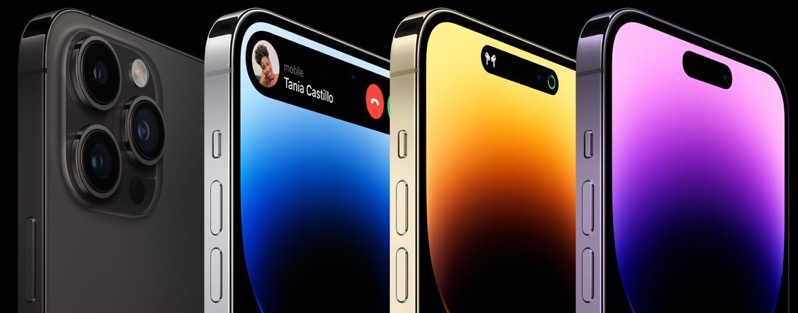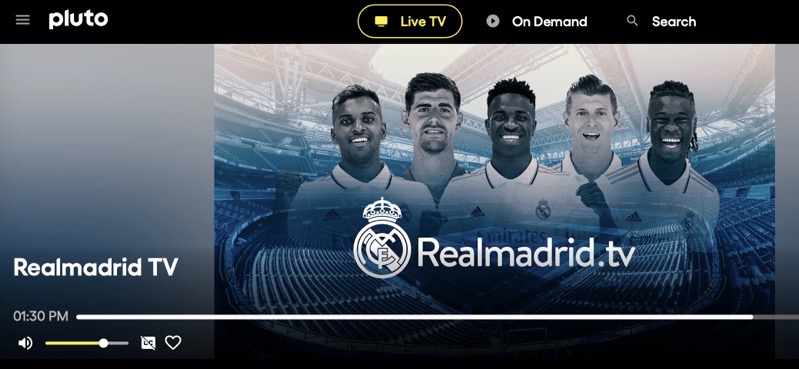
Google Releases Android 13 Developer Preview 1

Google on Thursday announced the first Developer Preview for Android 13.
Developer Previews are the earliest builds of Google’s Android OS. They’re designed to help developers optimize apps and services for upcoming software, and don’t give too much away when it comes to new system features and functionalities meant for the final release.
This is going to be the first of two planned Developer Previews for Android 13, with Google rolling out a beta build in April. A full-scale Android 13 release could come as early as August, according to Google’s roadmap.
Some of the new features coming to Android 13 and included in Developer Preview 1 include:
- New privacy and security controls — A new system-wide photo and video picker will allow users to share specific photos or videos from their device or the cloud with an app instead of giving it access to all of their media. Apps will also be able to ask for a list of nearby Wi-Fi access points without asking for location permissions.
- Material You dynamic colour themes for app icons — Android 13 extends Material You dynamic colour themes, first introduced in Android 12, beyond just Google apps, making it available to all developers who supply a monochromatic app icon for their apps. The change will let users opt into icons that inherit the tint of their wallpaper and other theme preferences, creating a consistent and harmonious experience across the UI.

- Updates to Google’s Project Mainline — Even more of the Android OS is now updatable directly through Google Play system updates, decreasing users’ dependence on device manufacturers for new features.
- Per-app language preferences — Developers will be able to let users choose languages on a per-app basis.
- Quick Setting tile prompts for third-party apps — Android 13 adds a new API that can be used to display a prompt to inform users of Quick Settings tiles for apps and let them directly add tiles to the Quick Settings menu in the notifications shade.
- Faster hyphenation — Hyphenation makes wrapped text easier to read and helps make an app’s UI more adaptive. With Android 13, Google has boosted hyphenation performance by as much as 200%.
- Programmable shaders — Android 13 brings support for programmable RuntimeShader objects.
The developer release also ships with updates to the Android core libraries to align them with the OpenJDK 11 LTS release.
Furthermore, Google said Android 13 will build on some of the most recent changes made in Android 12L to better optimize the OS for larger-screened devices like foldables and tablets.
Developer Previews are only available as opt-in software releases that need to be downloaded by users interested in testing them out. Supported devices for Android 13 Developer Preview 1 include the Pixel 6 Pro, Pixel 6, Pixel 5a 5G, Pixel 5, Pixel 4a (5G), Pixel 4a, Pixel 4 XL, and Pixel 4.


